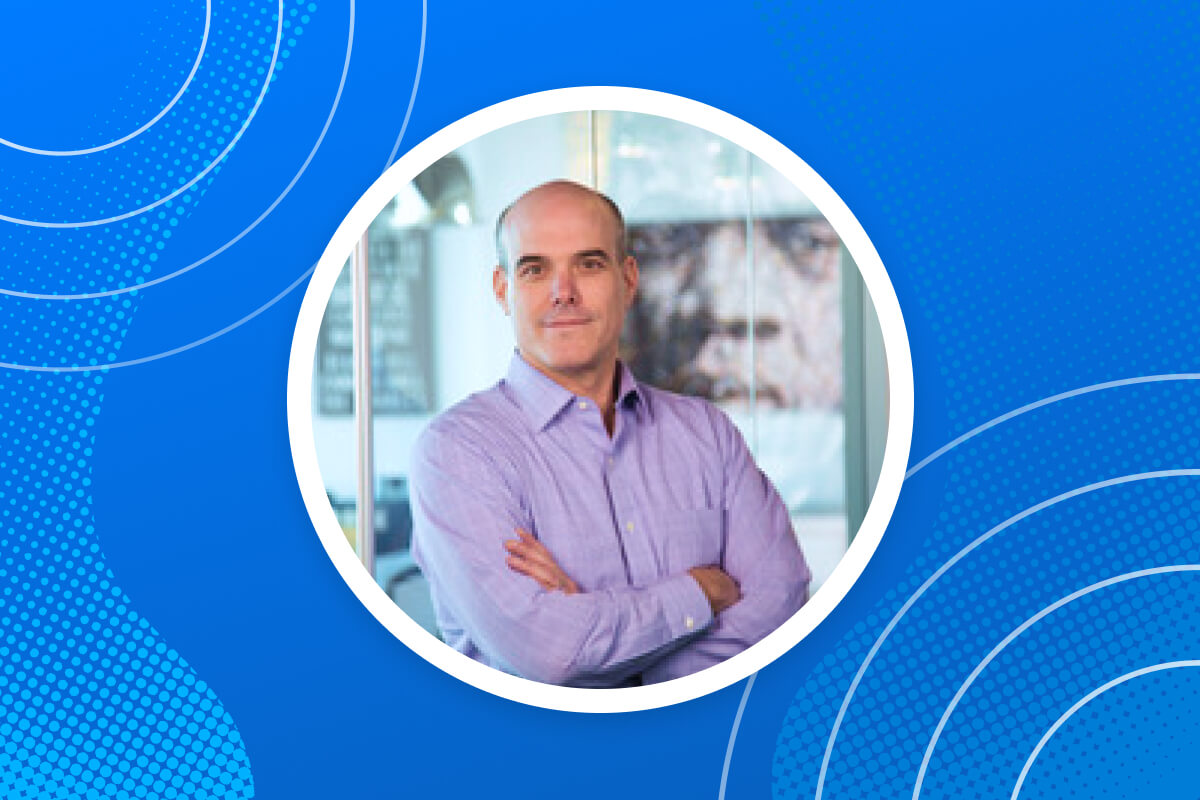Q&A between Xealth Chief Strategy Officer Cynthia Church and Xealth Board Member Keith Figlioli
Keith Figlioli has more than twenty years of experience growing healthcare IT companies, including Premier, Inc. and Eclipsys (acquired by Allscripts). Now a managing partner with the healthcare venture capital powerhouse, LRVHealth, Keith has served as a Board Observer on the Xealth board since July 2020.
His valuable insights offer the Xealth board new ways to look at healthcare’s ever-evolving challenges.
I recently had the pleasure of sitting down with Keith to discuss the state of health tech funding. While the media are lamenting the downturn, Keith offers a fresh, less dire perspective on where the industry is headed.
Rather than fretting about what’s not happening with funding, he reminds us to look at how COVID impacted the market, some industry trends shaping investments, and how a company like Xealth is solving emerging challenges for health systems.
Let’s dive into our conversation.
Cynthia: After record levels of investment dollars flowing toward digital health startups, there’s been a lot of talk about how investors are starting to pull back. What are your thoughts on the overall state of the market?
Keith: 2021 was really an anomaly as COVID precipitated an explosion in funding. Within this context, it’s hard to look at this as a downturn. A couple of slow quarters doesn’t mean the market is turned off, and let’s face it, we haven’t exactly solved all the healthcare problems in the U.S.
The 10-year trend line for investment is still positive and the seed environment is steady, with significant PE and VC funding still pouring into the industry.
Cynthia: Can you expand on that? How did COVID precipitate more funding?
Keith: COVID spurred a robust investment profile for a few years because it forced everyone — including patients, providers, and investors– to think about healthcare in new ways and opened our eyes to what healthcare could be. As a result, what we’re witnessing now is the tail-end of the first major wave of the healthcare investment cycle and in actuality, this environment is simply a return to normalcy.
The pandemic also changed decision-making and forced traditional players in the healthcare industry to rethink how and what they offered. Once again, they had no choice but to question their mid- and long-term strategic plans and ask if they could speed up the digital transformation that was already underway. Digital transformation was no longer a nice to have, but a business necessity to remain competitive.
Cynthia: What other trends do you see as the industry moves beyond the pandemic?
Right now, the concept of ‘care anywhere’ is driving industry investment and changing the healthcare delivery experience for providers and patients. This idea is all about expanding sites of care beyond the traditional four walls of hospitals and doctor’s offices to more retail settings and online. It also indicates a market shift from a largely supply-driven healthcare service model to a demand or consumer-driven one.
As I alluded to earlier, the past 7-10 years represented the first wave of major health tech investments that scaled across the enterprise. Now, the industry is entering its 2.0 wave, in which layering digital health investments over more sophisticated business models is a must.
This climate resulted in new entrants in the space, including Amazon, and players like CVS expanding its footprint through deals like the recent acquisition of Oak Street Health. Certain categories are becoming “platformized” with CVS being a primary example—in addition to being a payor, a retailer, and much more, they are now in the business of primary care and home health delivery with technology at the heart of their expanding business.
Cynthia: Speaking of platforms, how does Xealth fit into this changing digital healthcare ecosystem?
Xealth is uniquely positioned to help health systems stay competitive in this newly evolving market.
While COVID may have spurred much-needed change, the day-to-day reality is that health systems must now serve an increasingly empowered (and digital) patient/consumer while stemming the tide of patient leakage as a result of new—and often more convenient—delivery models and retail competitors. All this is in the face of unprecedented staffing shortages and burnout.
Here are three ways that I see Xealth moving the needle for health systems:
- Minding your financial house: Xealth can help control the spread and spend of spot utilization for specific patient populations, service lines, and overall digital application spend across the enterprise.
- Reporting on utilization and demonstrating ROI at the service-line level: Xealth makes utilization data easily accessible so that health systems know if they’re spending an exorbitant amount of money on apps and tools that patients and providers aren’t even using.
- Increasing digital health deployment efficiencies: Xealth makes it easy to integrate your health system’s desired apps and tools into the clinical workflow with little to no disruption.
Cynthia: Any final thoughts to share?
Keith: The sky is not falling and investment in healthcare and tech isn’t drying up anytime soon.
While the market we’re operating in will continue to evolve and demand more ROI from vendors, those organizations, like Xealth, that rise to meet this challenge and help health systems control the cost of their digital ecosystem are here to stay.
About LRVHealth
LRVHealth is the “Inside Healthcare” venture capital platform. Through a network of strategic limited partners that includes leading providers, payers, and vendors and touches half of all healthcare consumers in the U.S., LRVHealth applies industry knowledge and operational experience to early-stage companies focused on innovation. LRVHealth’s exclusive focus is helping to transform healthcare by forging partnerships among its network members and the entrepreneurs addressing the industry’s biggest challenges and opportunities.


